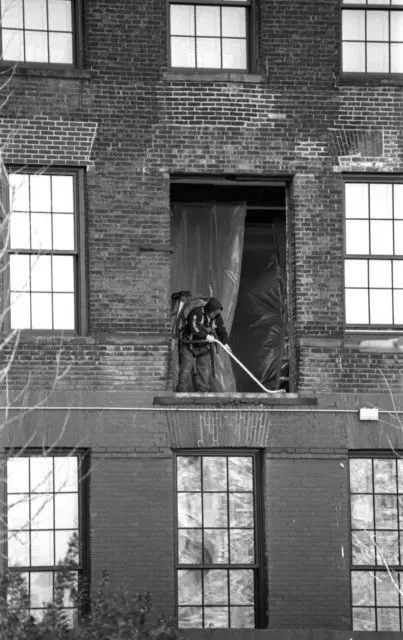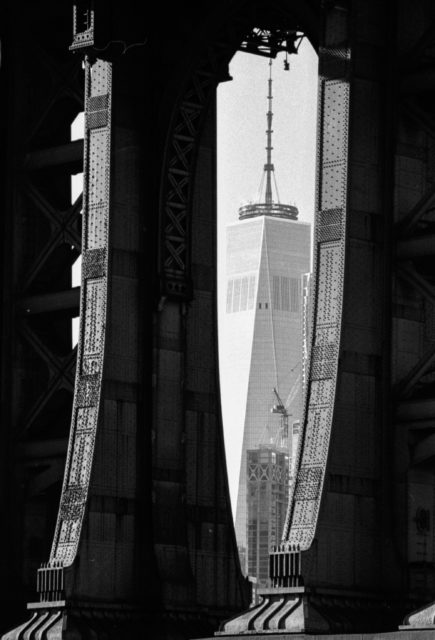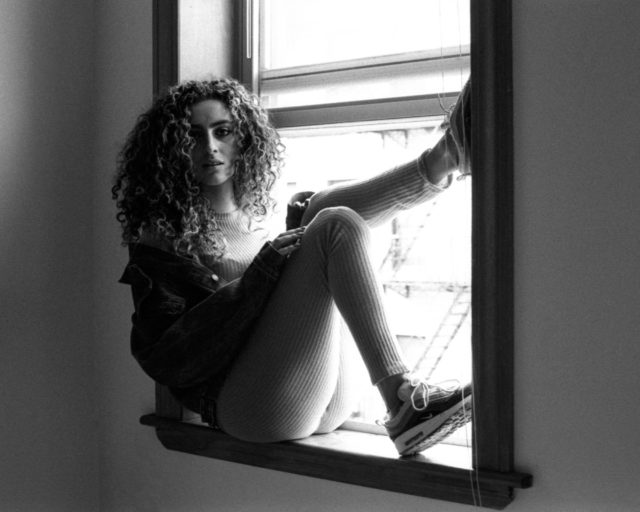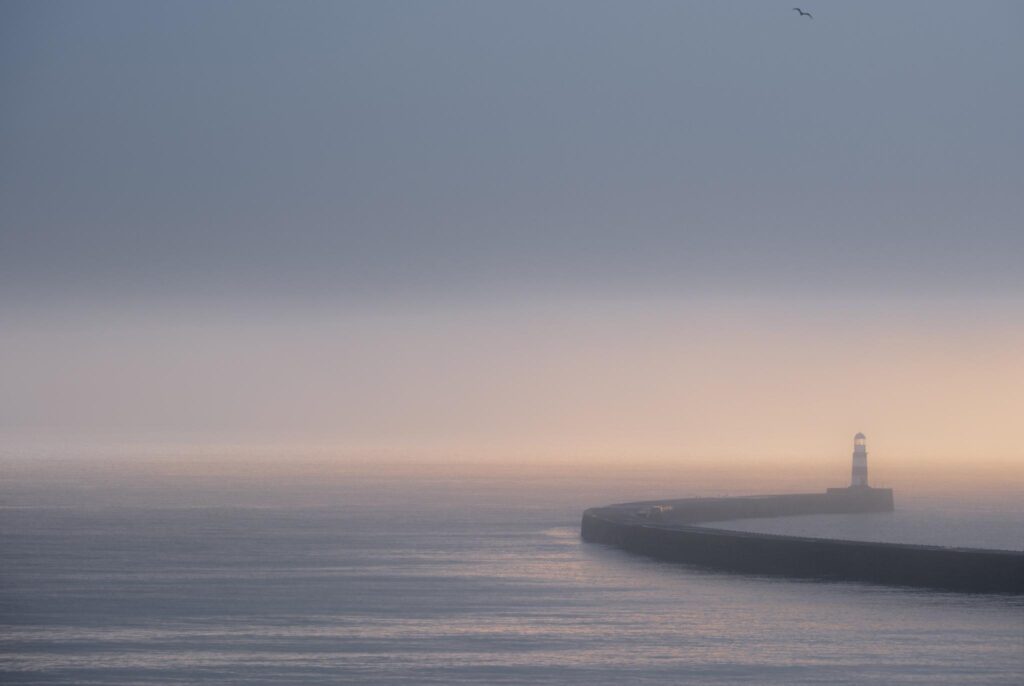Photographic composition refers to the way in which all the elements in a scene, including the main subject, are arranged within the frame. Composition is, generally speaking, how a viewer reads a photo. For this reason, composition is considered by many to be the most important aspect of a photograph.
When anyone begins to take on photography in a capacity more earnest than snapping backyard snapshots, one of the first things you learn about is composition.
And one of the first composition guidelines you’re exposed to is the rule of thirds: divide your frame into nine equivalent squares, with two vertical lines intersecting two horizontal lines. Your point of interest should fall near a point where two lines intersect.

It’s a highly effective technique. But after some time of composing according to the rule of thirds, you might be wondering, “Isn’t there a less tedious way of composing a shot?”
Yes, there are a lot of other compositional guidelines that take things a bit further than the rule of thirds.
One of those guidelines is known as sub-framing and it’s a technique I think you will have lots of fun with. Let’s learn a little more about sub-framing and how to use it to make more interesting photos.
A Frame Within A Frame
Sub-framing is simply a matter of using an element or elements already existing within the image to frame your subject.
You’re essentially creating a picture within the picture.
Sub-framing works so well as a compositional device because it creates something of an extra dimension by adding visual depth and distinct layers. Sub-framing also provides context, as you’re using more “parts” of a scene than you would otherwise.
Perhaps the most indispensable purpose of sub-framing is to guide the viewer’s eye to the main point of interest. Sub-framing even seems to encourage the viewer to linger on the subject for longer than they would absent the sub-frame.

Natural Vs. Man-Made Sub-Frames
Anything can serve as a sub-frame — rock formations, walls, trees, light, windows, doorways…anything.
The point of distinguishing between man-made and natural frames is to be aware of the aesthetic differences each provides.
Man-made sub-frames are typically symmetrical in shape and form, while natural sub-frames tend to be a bit rougher and less predictable in shape.

4 Ways To Use Sub-Framing In Your Photos
- Use Whatever Is Around You. You don’t have to go hunting for things you can use for sub-framing. Whether natural or man-made, there’s something in your working environment that qualifies for the job. Think creatively and use whatever’s available.
- Use Asymmetrical Frames. It’s easy to fall into the trap of thinking that a frame has to be a symmetrical, four-sided object. It doesn’t. A two- or three-sided, irregularly shaped sub-frame serves the exact same purpose as a symmetrical sub-frame — but an asymmetrical frame might have a bit more visual impact due to its unusual shape.
- Use Sub-Framing To Intrigue The Viewer. Sub-framing means that you are obscuring part of a scene, simultaneously telling the viewer where to look and creating mystery due to what can’t be seen. Effective use of sub-framing will entice people to spend a little more time with your image.
- Experiment With Sub-Framing. Squares and rectangles are easily used as sub-frames but don’t limit yourself to the basics. Try both man-made and natural sub-frames; try including multiple sub-frame; incorporate sub-framing into other prominent composition techniques. Just try all sorts of things and see what works for you and what doesn’t.

Final Thoughts
While sub-framing is a fantastic (and fun) composition technique and can be used in any type of photography — street, portrait, architecture, fashion, commercial — you’ll need to take the time to learn the specific scenarios when it is most effective.
This probably isn’t a technique you want to use exclusively — but, no single composition guideline should be used to the exclusion of all others. Variety is a good thing and sub-framing is a great way to add some variety to your photography.
Further Reading:
- 3 Advanced Composition Theories You Need To Use Now
- Take Your Composition to the Next Level with These 3 Advanced Composition Techniques
- Why You Should Consider Cropping Your Images To Get The Best From Your Compositions
Further Learning:
We hope that this information will help you become a more passionate photographer, and if you are looking to take things even further with advanced composition choices, then take a look at Kent Dufault's excellent guide to Advanced Composition. In this guide, you'll discover concepts such as:
- Why the human eye is attracted to light objects over dark objects
- How to train your mind to simplify composition for professional results
- Why the use of repetition is so important
- How to tell a story through graphic elements
- Why your choice of aspect ratio can vastly affect a viewer’s reaction to your photograph




